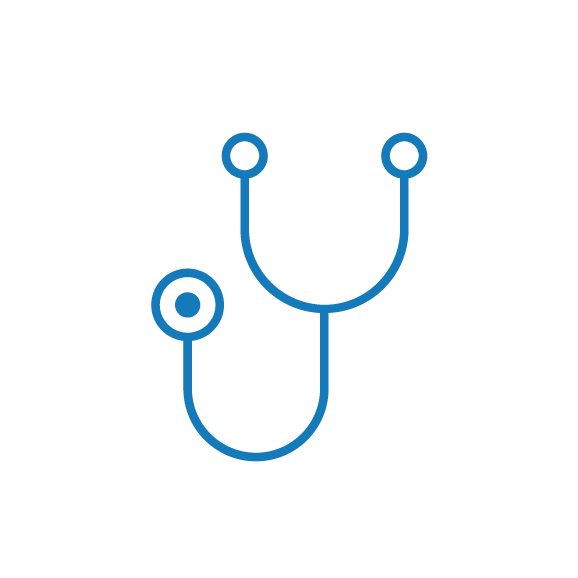Changemakers: VMG’s Dr. Catherine Stober Earns 97% AWV Completion
When the coronavirus pandemic hit the United States in March 2020, many organizations—including Vanderbilt Medical Group (VMG) Green Hills—made the difficult choice to stop seeing most patients in the office until it was safer to do so. When VMG paused the scheduling of sick visits and transitioned to telehealth appointments, Catherine Stober, MD, and her staff barely skipped a beat.
While VMG Green Hills hadn’t implemented telehealth before the pandemic, Dr. Stober knew it was the best way to monitor her patients when she couldn’t see them in person. By implementing telehealth visits and prioritizing Medicare Annual Wellness Visits (AWVs) and regular physicals, Dr. Stober’s office achieved a 97% AWV completion rate in 2020.
“I couldn’t have done this without my staff,” she says, noting that administrative staff and nurses went above and beyond to help patients schedule virtual visits and troubleshoot any technical problems with the telehealth app. “We pulled together as a team and called many of the patients who were due for a visit, she continues. “When you can’t get patients in the office, it’s really important to get eyes on them in other ways.”
Virtual visits allowed Dr. Stober to determine which patients weren’t functioning well and needed in-person visits. She and her staff conducted Medicare AWVs for patients in all kinds of living situations, including those in assisted living facilities.
“The staff at those facilities were often helpful in taking vital signs for us and getting the camera set up so we could see the patients, because we didn’t have another option,” she adds.
A Coordinated Effort
During different phases of the pandemic, Dr. Stober alternated between seeing patients in the office and via telehealth. By relying on an administrative assistant to take messages and call patients and two nurses to perform patient intake and give shots, Dr. Stober was able to devote more face time to patients.
The extra time spent with these patients allows her to bill most Medicare AWVs as a level three double bill, so they don’t have to come to the office twice.
“Every patient has a different expectation of what a physical should look like,” she explains. “So, I gear my visits toward each patient while checking and going over everything from head to toe. I think that’s an appropriate thing for your primary care provider to do for you.”
Her team also schedules patients for the following year’s AWV while they are in the office to increase their chances of returning.
“Even if the patient ends up changing that appointment, at least you capture them while they are in the office,” she says. “It helps patients to know when they need to come back—otherwise they can disappear for years.”
In 2020, Dr. Stober was reminded of the importance of regular check-ups and AWVs when she was able to help two patients catch major health conditions before they became emergencies. One patient complained of chest pain during his visit, and Dr. Stober diagnosed him with unstable angina. He was able to schedule a chest catheter and stent the following week. In another case, Dr. Stober found a mass in a patient’s breast, discovering cancer at an early, more treatable stage.
To increase AWVs in your practice this year, access VHAN’s AWV Coding Guide and wellness resources that can help your patients schedule appropriate screenings and check-ups. Learn more about Dr. Stober’s team-based approach to performing AWVs on the latest episode of the miniVHAN podcast, which recently debuted a new series focused on changemakers and stories of success across the network.
Subscribe to the miniVHAN podcast to listen to previous episodes and receive alerts when new ones are added. Listen wherever you stream podcasts today, including Apple and Google podcasts, Spotify, iHeartRadio, and on the VHAN Hub.




